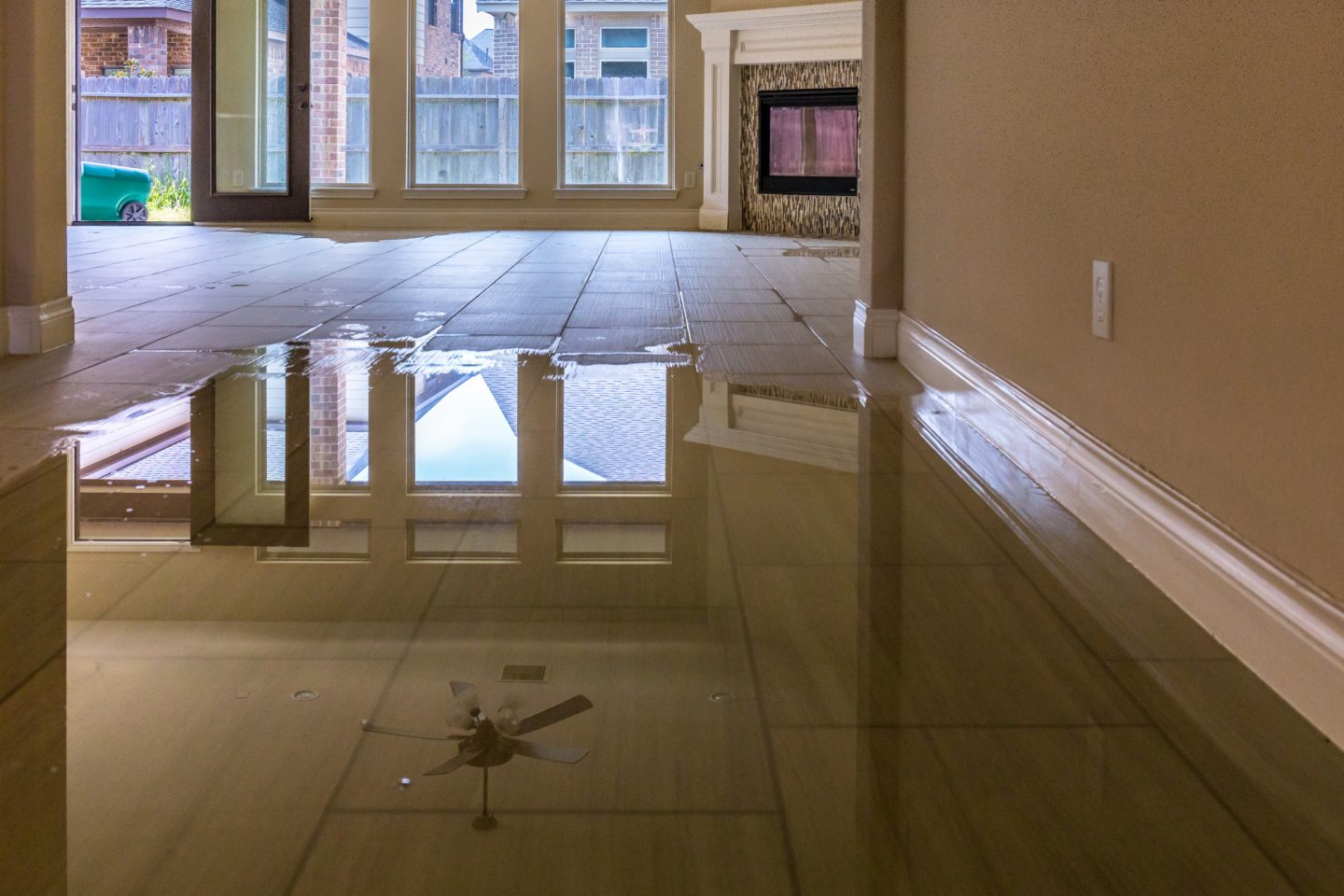
Natural disasters, bursting sewer lines, and leaking pipes can leave severe water damage to your home. And every homeowner must know some water damage restoration tips to prevent the problem from worsening and eliminate severe respiratory ailments.
Water damage can cause toxic mold growth at home, causing severe respiratory irritation. It can also cause serious and enduring complications for people with asthma.
Follow these water damage restoration tips immediately once you spot signs of water damage at home.
1. Unplug All Outlets
Your safety must always come first when repairing water damage at home to prevent accidents and injuries.
The first step in your DIY water damage restoration process is to unplug all outlets once you notice signs of water damage in your home.
Water and electricity are a deadly combination, and immediately entering the water-damaged area in your home without unplugging the outlets can cause electrical shocks and explosions.
2. Inspect the Area for Mold
We previously mentioned that mold poses severe health risks. Since they thrive in moist habitats, you must immediately inspect your home for its presence after determining it has water damage. Mold can quickly spread once it grows in one area.
Some common signs of mold at home are peeling wallpaper, dark or colored spots on the walls, darker grout in your shower tiles, and a musty, earthy smell.
You can remove the affected area, place it in a sealed bag, and throw it away immediately for minor mold problems. On the other hand, you might need to shut down any airflow at home and call an expert if you have a more severe mold infestation.
3. Dry Out the Water
Another crucial part of your water damage restoration process is to dry the water out to prevent the water damage from worsening. Neglecting this step can attract bacteria and germs and weaken your home’s structure.
You can eliminate moisture from water-damaged by using fans or large-capacity dehumidifiers to ensure proper indoor air circulation. Don’t forget to dry out your rugs and other surrounding materials too!
4. Remove All Damaged Materials
Besides affecting your home’s condition, water damage can also affect the affected materials’ longevity. For instance, a water-damaged basement can also damage nearby carpets and other surrounding pieces of furniture in the area.
During your water damage restoration process, remove all affected materials. Porous materials such as carpet and insulation will likely absorb vast amounts of water. Keeping them indoors will only enable quicker mold and mildew growth.
It would help if you also focused on the condition of your ceiling and floor materials. Repair or replace them immediately if you notice any damaged cement, drywall, or wood to improve your home’s structural integrity and prevent the spread of moisture.
5. Sanitize the Remaining Areas
To finish your DIY water damage restoration process, you must disinfect the remaining areas.
Even if your basement was the only affected area in your home, you can’t be sure that other spaces in your house are safe. Remember that germs and bacteria need a moist environment to thrive and spread serious illnesses.
We recommend disinfecting all areas, regardless of the severity of the water damage. Ideally, you must clean your property once you remove all the compromised items. Spray and wipe down all surfaces dry with bleach to avoid mold spore growth.
Restoring a Dry and Safe Home
As a homeowner, you can only do so much in your home water damage restoration, especially if you’re inexperienced or don’t have the correct tools. If these tips fail, it’s time to call the professionals.
Restoration Masters offers water damage restoration services to Los Angeles homes. We pride ourselves on our reliable service, quality craft, and certified restoration technicians. Contact us now to enjoy a safer home!





